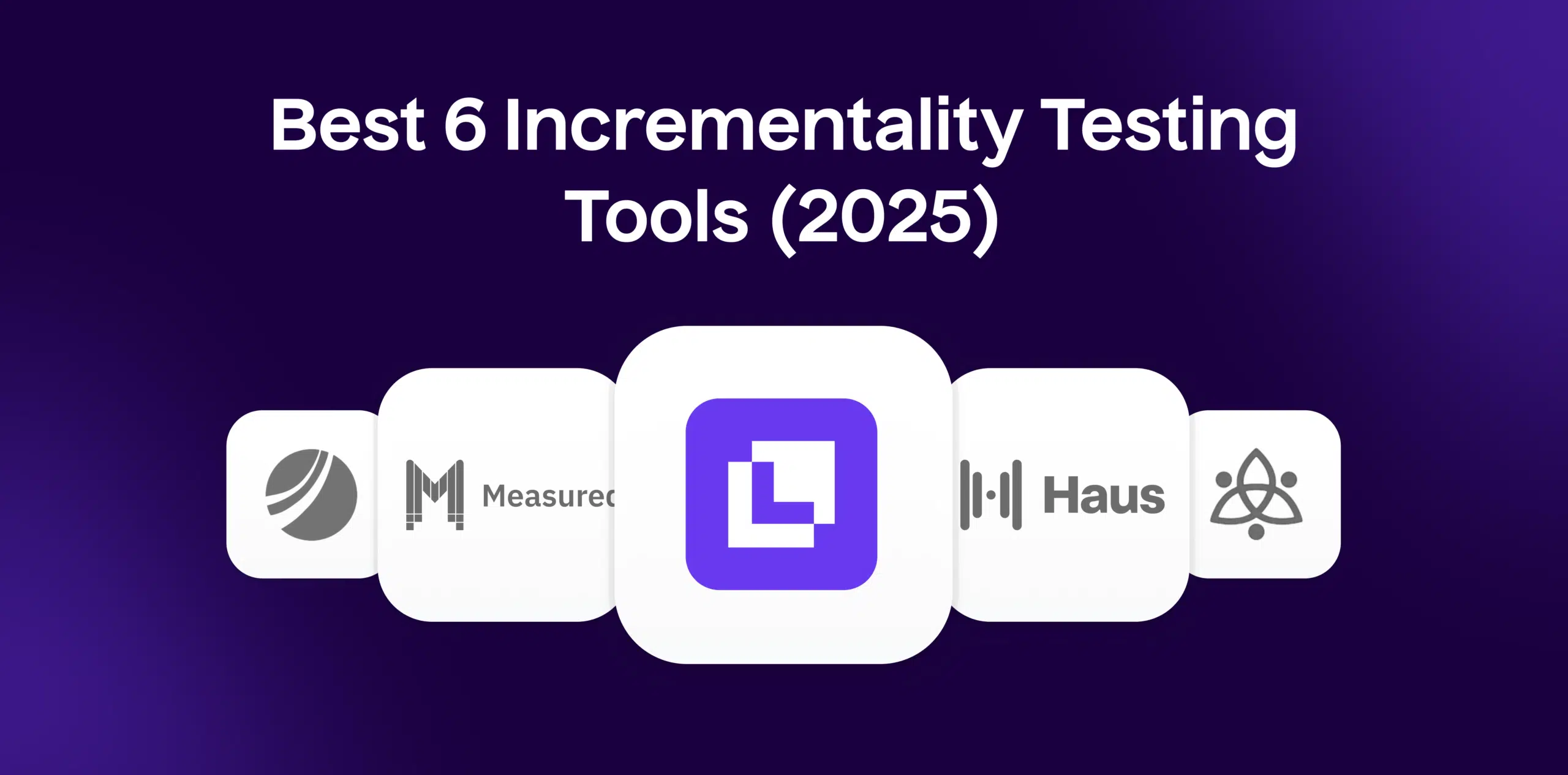What is First Response Time?
First Response Time (FRT) is a key performance indicator (KPI) that represents the speed at which a company responds to a customer query or complaint. It is widely used in ecommerce and customer service sectors to measure the efficiency and productivity of customer support teams. A shorter FRT usually indicates a more efficient support team and better service quality.
Formula
First Response Time = Time when the first customer inquiry is received – Time when the first response is sent
Example
For instance, if a customer sends an email query at 12:00 PM and the support team sends a reply at 12:30 PM, the First Response Time would be 30 minutes.
Why is FRT important?
First Response Time is critically important because it directly impacts customer satisfaction and loyalty. Customers today expect businesses to respond quickly to their queries or complaints. A shorter FRT shows customers that their concerns are taken seriously, leading to increased customer retention and potentially higher sales.
Which factors impact FRT?
FRT can be influenced by multiple factors, including the query’s complexity, support staff availability, communication channels used (email, phone, social media), and company policies.
How can FRT be improved?
Improving FRT demands a multi-faceted approach. This includes proper staff training, the use of automation tools like chatbots, and strong internal processes. Furthermore, a well-integrated Customer Relationship Management (CRM) system can also significantly decrease FRT by centralizing customer data and inquiries.
What is FRT’s relationship with other metrics?
FRT closely interplays with other ecommerce metrics like resolution rate, customer satisfaction score (CSAT), and customer lifetime value (CLV). A short FRT can boost the resolution rate, leading to higher CSAT, which eventually improves the CLV, contributing to increased profits.
Free essential resources for success
Discover more from Lifesight
























































